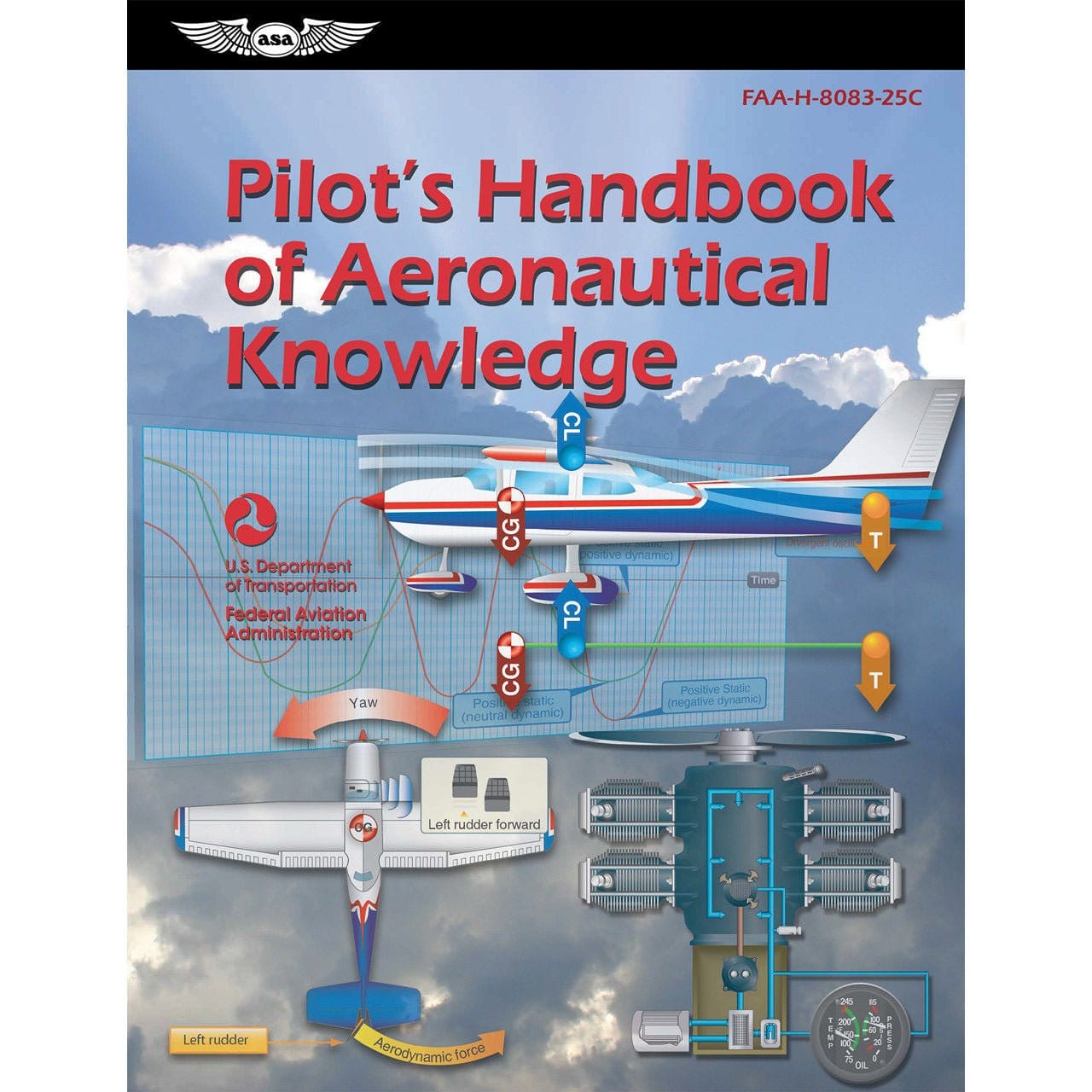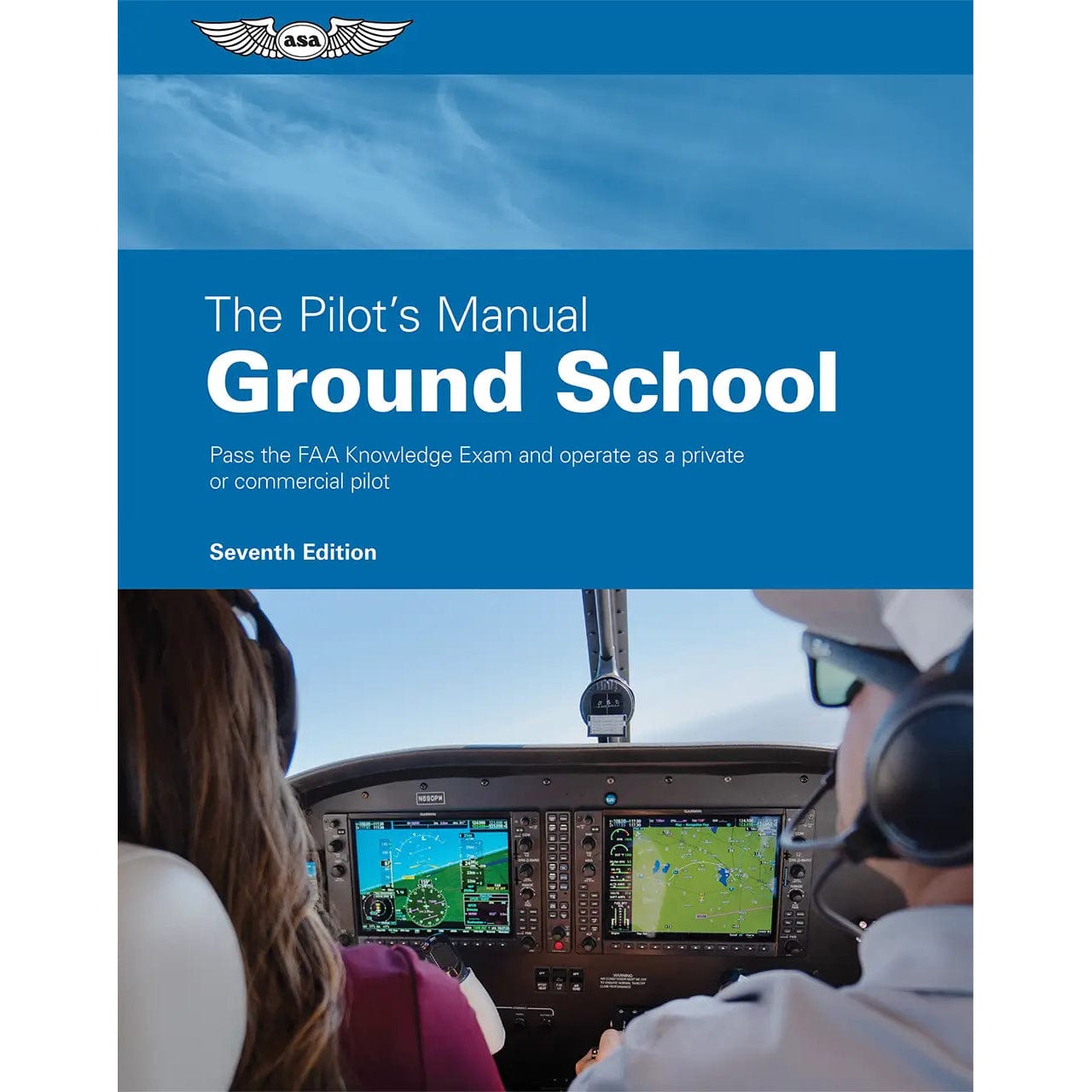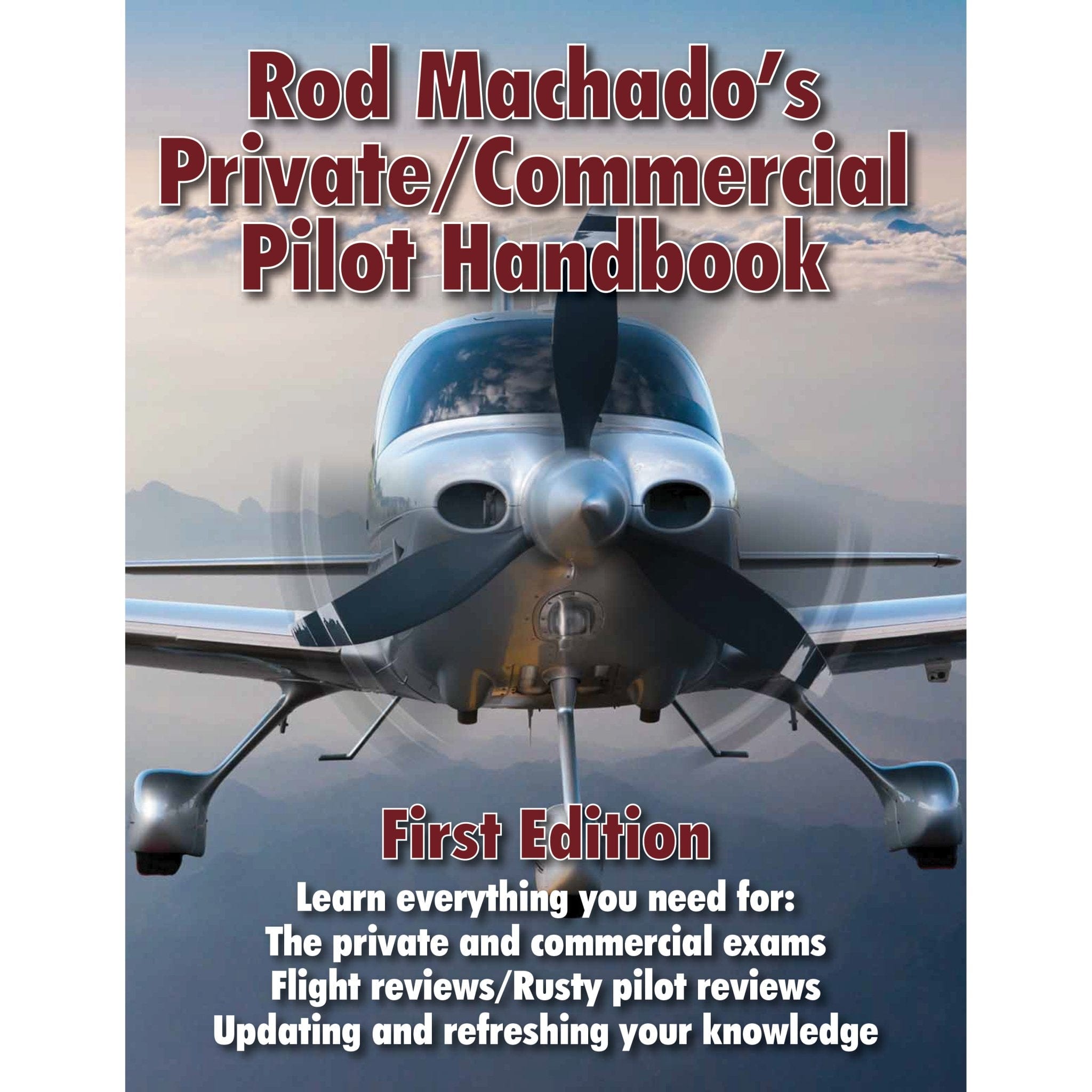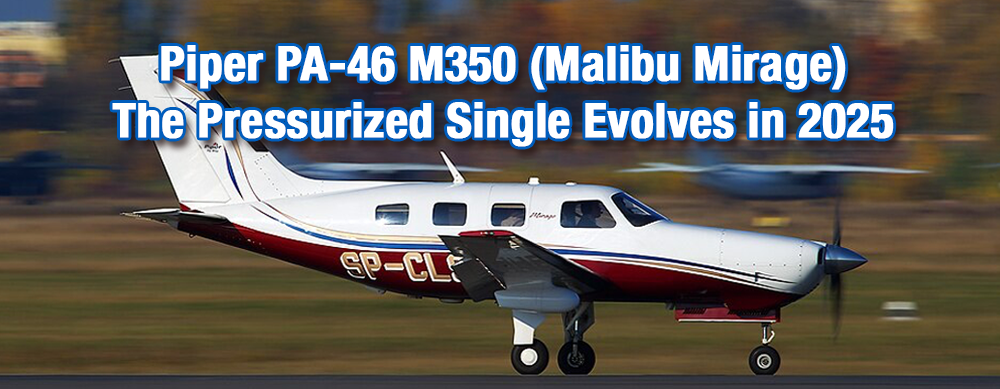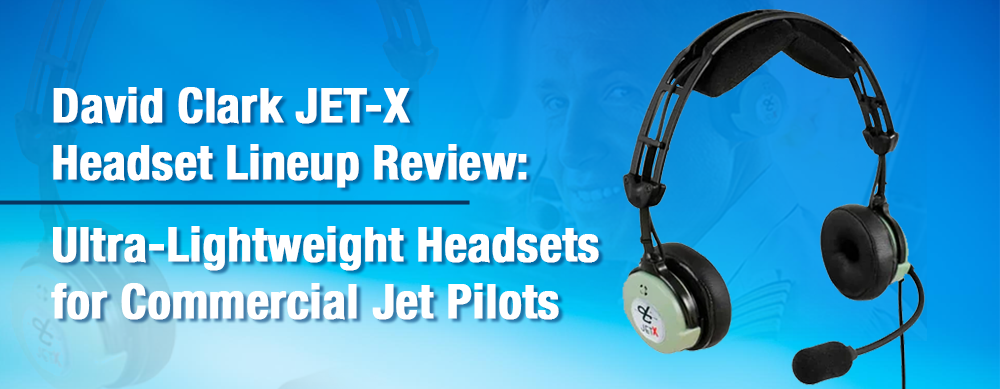It happens to everyone, even the most experienced of pilots—a bounced landing. Although they can be unnerving, it's important to stay calm and know that with the right technique, you can recover from one and avoid them in the future.
Here's what you should know and do to help bounce back from one and land safely during your next flight.

What is a Bounced Landing?
During the landing phase of an airplane, it's not uncommon for something called a bounced landing to take place This happens when the wheels touch down on the runway with too much vertical speed; the landing gear flexes and the airplane bounces back up in the air.
As a pilot, it's important to be aware of how this possible bounce occurs.
Flight schools play a pivotal role in teaching these essential landing techniques. They not only share theoretical knowledge but also provide hands-on training to ensure pilots can handle a bounced landing confidently.
Mastering the art of recognizing and recovering from a bounced landing is a critical skill in a pilot's toolkit.

Types of Bounced Landings
The biggest concern with bounced landings is when the wheels of an aircraft bounce off the runway after an initial touchdown, there is a risk for a much harsher second impact. With insufficient energy left to flare, the landing gear is at a greater risk of sustaining more damage.
Types of Bounces:
- Overspeed - This occurs during ground effect when landing at an excessive speed.
- Ballooning - caused by pitching and occurs when the main gear makes contact with the runway, producing an elastic reaction in the chassis struts.
- Porpoising - is especially hazardous and involves a series of abrupt bounces.
How to Recover from a Bounced Landing
A bounced landing occurs from either landing too fast or from experiencing a hard landing.
The process to recover from bounced landings is as follows:
After the first bounce, the key is to maintain a nose-high attitude. Gently move the yoke or stick back if you find your nose pointing too high and relieve some back pressure, but be careful not to push it down as this could result in an even harder landing.
On the descent slowly add some power to reduce the rate of descent and ensure a smooth touchdown. Small adjustments are all that's needed!
Going Around from a Bounced Landing
- As soon as the aircraft experiences a bounced landing, apply full power and initiate a go-around. Make sure to advise Air Traffic Control (ATC) of your actions if in a controlled airspace.
- Adjust the pitch of the aircraft until it is stabilized and the wings are level. Once the aircraft is in a steady attitude, retract the flaps to their initial settings.
- Once the aircraft has reached a safe altitude, retract the landing gear if it is equipped with retractable gear. Then, readjust into the traffic pattern and glide back in towards the runway for another attempt at a smooth landing.
What is a Porpoise Landing?
The technical name for this type of landing is "pilot-induced oscillation". These can happen when a pilot lands with too much airspeed and accidentally overcorrects following a bounced landing in one direction and then the other, to try and counteract the aircraft's reaction. As a result, it may seem like the aircraft is moving up and down, much like a real porpoise diving in and out of the water.
Being aware of this phenomenon can help you prevent it from happening.
How to Avoid a Porpoise Landing
It is always better to prevent bad landings than try and recover from them. If you are not confident in your landing approach, it's best to abort the landing and go-around.
Any attempts at correcting a severe porpoise with flight control and power inputs may not be in sync with the oscillations, potentially making the situation more dangerous. Caution should be taken if attempting to rectify a porpoised landing.
FlightInsight released a great video with the perfect examples to further understand this type of landing.
When to Go Around?
Everything can feel right while you're flying, but when you are on final and reach the runway threshold you want to be sure everything is set up for a successful landing.
You should go around on your final if:
- If you are experiencing a high sink rate too quickly
- If you attempt to land, but have too much speed
- After experiencing the first bounce on the main gear
- There is severe wind shear on landing
- Your approach feels unstable
- It feels wrong
Going around can help to reduce excess airspeed. During your next touchdown you will want to properly adjust your approach speed, be mindful when applying back pressure on the controls, and depending on the aircraft be careful with the nose gear when the airplane touches the runway.
Practice Smooth Landings
It is important for inexperienced pilots to train thoroughly with a flight instructor in order to avoid a hard landing. Skills that a new pilot needs to develop are understanding how to manage a proper descent rate on landing, how to land with ground effect, and maintaining the proper pitch attitude.
A new pilot or student pilot should also be aware of their vertical speed with the plane touching the runway. The goal should be to aim for a smooth landing, and if that does not feel possible, then to fly back into the air and try again.
Steps to Keep in Mind
-
Keep Calm: The first step is to remain composed. Panic can worsen the situation. Take a deep breath, focus on your instruments, and trust your training.
-
Execute a Go-Around if Necessary: If the bounce is severe or if you're unsure about the aircraft's condition, don't hesitate to execute a go-around. This means applying full power, retracting the landing gear, and climbing back into a safe pattern for another attempt.
-
Correct Pitch Attitude: If the bounce is minor, focus on correcting the pitch attitude. Gently raise the nose to regain a positive climb attitude. This helps prevent the aircraft from slamming back onto the runway.
-
Manage the Power: Adjust the power carefully. Reducing thrust can help control the rate of descent while increasing it slightly can aid in leveling the aircraft.
-
Prepare Your Second Attempt: As you regain control, prepare for the second landing attempt. Ensure your approach is stable, and you're aligned with the runway centerline.
-
Understand the Cause: After the flight, debrief and analyze the cause of the bounced landing. Was it excessive airspeed, improper flare, or gusty winds? Learning from your mistakes is essential to avoid a recurrence.
Remember
In the world of aviation, understanding the crucial difference between bounced landings and porpoise landings is essential for pilots to know. Even after obtaining your private pilot license, you can always attend a flight school to help become proficient with landings.
Remember that a bounced landing, characterized by an initial touchdown followed by an unexpected leap back into the air, often results from a high airspeed or improper pitch attitude.
Pilots must recognize this situation, correct it promptly, or even execute a go-around on their second attempt to land safely.
Recognizing the risks associated with bounced landings can make a significant difference in ensuring pilots stop flying in a reactive mode and instead approach landings with a proactive mindset, enhancing aviation safety and confidence in the cockpit.
Interested in finding out about how to make safer landings? Check these out:

|
ASA Checklist for SuccessThe FAA Airplane Flying Handbook is a complete resource for student pilots, pilots, instructors, and aviation specialists, featuring information on every essential topic in the aviation field. The topics covered include: ground operations, basic flight maneuvers, performance maneuvers, upset prevention and recovery, night operations, and emergency procedures. This valuable handbook also covers the transition to complex, multi-engine, tailwheel, and light sport aircraft, as well as the transition to turboprops and jets. |
Did you find this article helpful?
Do you think we missed anything important about a bounce landing? Let us know in the comments below!








